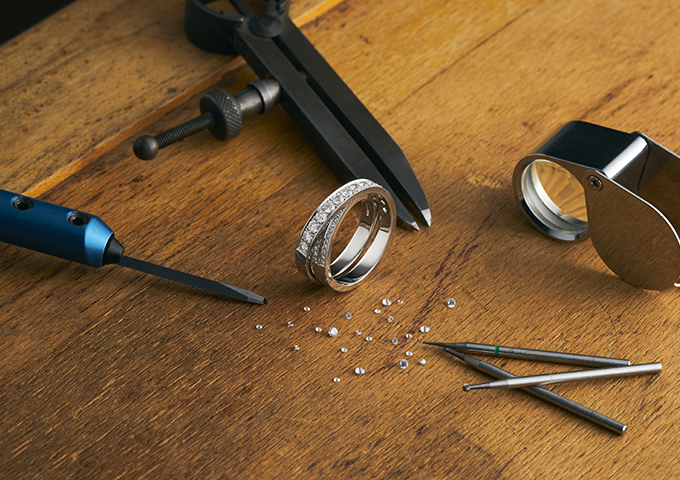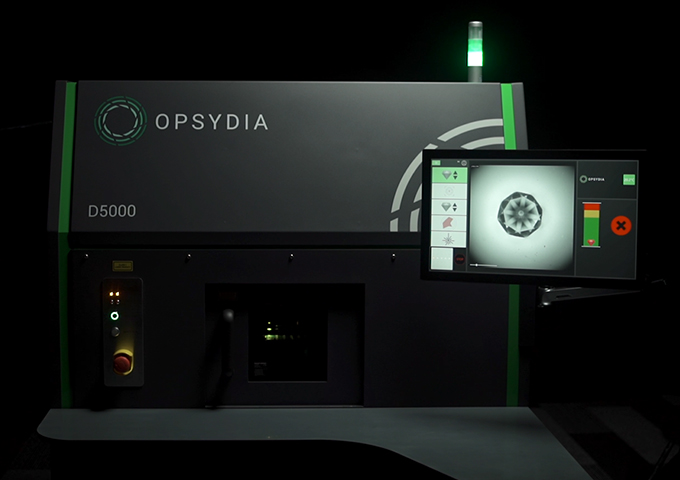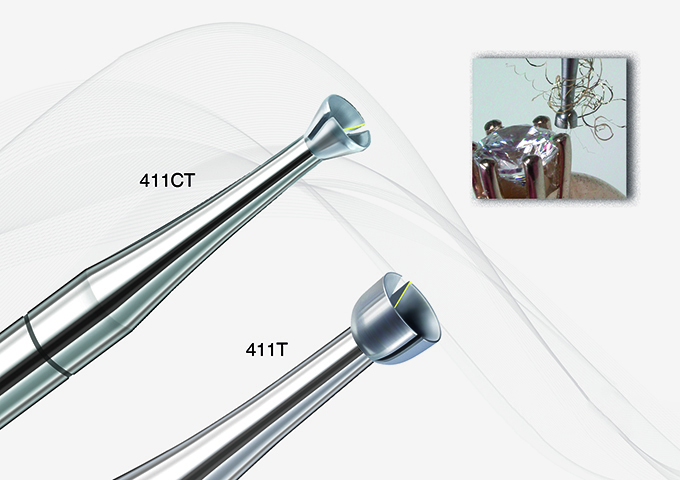Tools, equipment and technology specialists in the jewellery industry recently unveiled their latest offerings aimed at further upping the ante in modern jewellery manufacturing.
UK-based laser technology expert Opsydia has introduced an innovative Surface ID System to complement its existing sub-surface technology. It now offers its clients a trio of systems – the D4000, D5000 and D6000 – to suit a range of diamond industry businesses and boost best practices.
The Surface ID System (D4000), now accessible to international customers alongside the existing Sub-Surface ID System (D5000), creates shallow, transparent and loupe-visible features on the surface of gemstones. Opsydia has developed a laser process that can create these ID features through clean ablation at very shallow depths of <50 nanometer. The D4000 achieves this at faster rates than existing technologies currently available on the market, the company said.
Opsydia CEO Andrew Rimmer commented, “Fraudulent girdle inscriptions continue to be a concern in the trade so as we branch into surface-led systems, we are also researching and developing innovative ways to add extra layers of security to these features. We will share our results in due course.”
Also available from Opsydia is D6000, which incorporates surface and sub-surface capabilities into a single system. Both the D5000 and D6000 can place permanent loupe ID and nano ID features beneath the surface of diamonds.
German tools manufacturer Busch meanwhile is offering the patented Twincut concave cutters 411T and 411CT for finishing off chatons. 411T comes in two new sizes: Extra filigree in 007 and in 025 for larger chatons.
“After the stones have been securely inserted into the piece of jewellery, the still ‘rough’ ends of the prongs can be rounded-off, smoothened and shortened, if necessary, in just one working process using the special Twincut cutting geometry of the cup-bur,” explained Busch. “Thanks to the slits in the working part, the tools achieve rapid chip discharge, a consistently high removal rate as well as round, smooth surfaces.”
The working part has very thin walls, which make it possible to work on narrowly positioned prongs. Unwanted contacts are therefore avoided. The conical version 411CT also gives a better view on the working area, especially with extremely closely spaced prongs, the company said.











